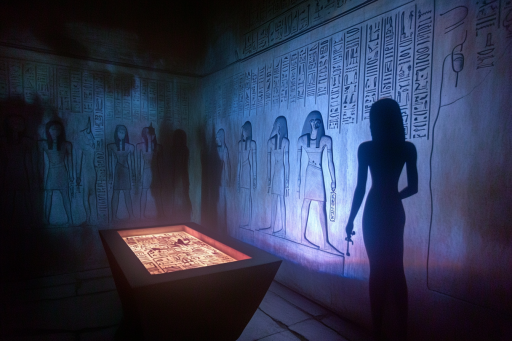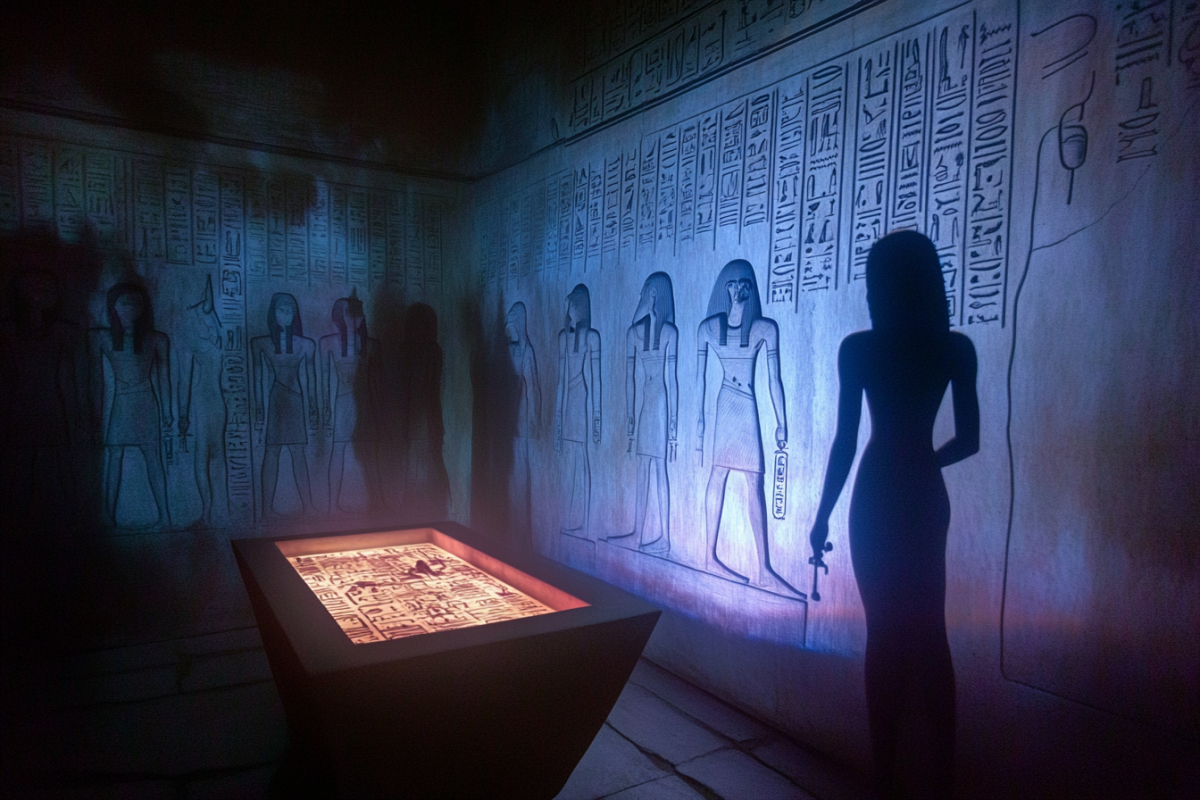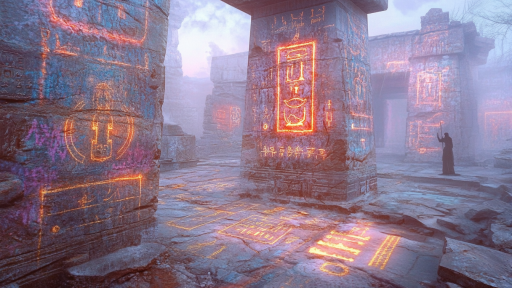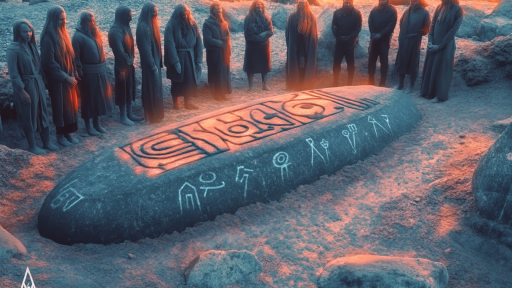
History is a puzzle, pieced together through fragments left behind by ancient civilizations. But every so often, something is found that doesn’t fit—an object so out of place, it forces us to question everything we thought we knew. These artifacts challenge the established timeline, hinting at forgotten technologies, unknown cultures, and global connections that predate written records. What if the past is far stranger than we ever imagined?
The Antikythera Mechanism
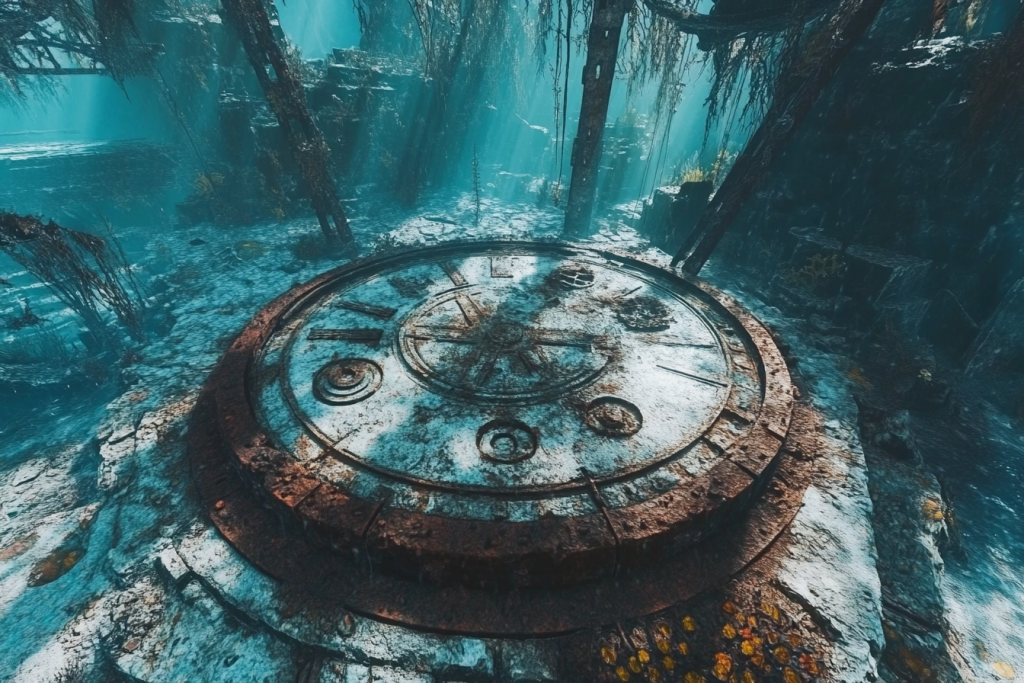
Discovered in a shipwreck off the coast of Greece, the Antikythera Mechanism is an ancient device believed to be a sophisticated analog computer. Its complex gears and astronomical functions are centuries ahead of its time, raising questions about the technological capabilities of the ancient world. Scientists are still unraveling its functions, but one thing is clear—it shouldn’t exist with the level of precision known at that time.
The Baghdad Battery

This unassuming clay jar, found near Baghdad, contains copper and iron components that resemble a primitive galvanic cell. Some researchers believe it may have been used for electroplating or generating small electrical charges, thousands of years before electricity was supposedly discovered. If true, it suggests ancient peoples had a grasp of science far beyond what we’ve credited them with.
The London Hammer

A seemingly ordinary hammer encased in ancient rock, the London Hammer was found in Texas and has baffled scientists ever since. The surrounding rock is estimated to be over 100 million years old—far older than any known human tools. Whether it’s evidence of a misdated formation or something more mysterious, it challenges the accepted timeline of human history.
The Piri Reis Map

Drawn in 1513, the Piri Reis Map shows parts of South America and Antarctica with stunning accuracy—centuries before the continent was officially discovered. Even more baffling, it depicts Antarctica as ice-free, which hasn’t been the case for thousands of years. How did a Turkish admiral access such precise geographical knowledge so long ago?
The Dropa Stones

Allegedly discovered in a remote Chinese cave, the Dropa Stones are circular stone discs etched with tiny, spiraling inscriptions. Some believe they tell the story of an extraterrestrial crash landing thousands of years ago. While mainstream scholars remain skeptical, no one has been able to fully decipher the symbols, keeping the mystery alive.
The Cochno Stone

Carved into a Scottish hillside, the Cochno Stone is covered in elaborate spirals, rings, and geometric patterns believed to be over 5,000 years old. No one knows what these symbols mean—some think they’re maps, others claim they’re part of an ancient star chart. Its precision and size suggest it was meant to convey knowledge that modern researchers still can’t fully grasp.
The Shroud of Turin

This linen cloth bears the faint, haunting image of a man who appears to have suffered crucifixion. Long believed to be the burial shroud of Jesus, its authenticity remains hotly debated. Radiocarbon tests have offered conflicting dates, and no one can explain how the image was created with such photographic detail long before cameras existed.
The Saqqara Bird

Found in an ancient Egyptian tomb, the Saqqara Bird resembles a small wooden model of a modern airplane. It has aerodynamic properties that have sparked speculation about ancient knowledge of flight. Was it a toy, a symbolic offering, or evidence of a technology lost to time?
The Fuente Magna Bowl

Discovered near Lake Titicaca in Bolivia, this ancient ceramic bowl contains Sumerian-like cuneiform inscriptions—half a world away from Mesopotamia. The language and symbols appear far too specific to be coincidence, hinting at a possible ancient transoceanic connection that history refuses to acknowledge.
The Lycurgus Cup

This Roman artifact changes color depending on the light source—green when lit from the front, red when lit from behind. Modern scientists only recently discovered the cup uses nanoparticles of gold and silver to achieve this effect, a technology thought impossible for the time. How the Romans mastered this level of nanotechnology remains one of history’s strangest questions.
The Sky Disc of Nebra

This bronze disc, inlaid with gold symbols of the sun, moon, and stars, may be the world’s oldest astronomical chart. Found in Germany and dated to around 1600 BCE, it suggests a far more advanced understanding of the cosmos than previously thought. It rewrites the narrative of prehistoric Europe, proving they weren’t just tribal—they were stargazers.
History’s Hidden Code

Each of these artifacts cracks open a door to forgotten chapters of our past. They’re not just curiosities—they’re keys that don’t seem to fit the locks we’ve built to understand history. Whether misinterpreted, misdated, or simply misunderstood, these discoveries demand that we rethink our timelines and imagine possibilities far beyond what’s written in textbooks. What else have we overlooked beneath the dust of time?

